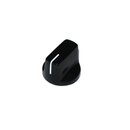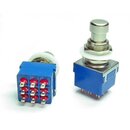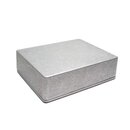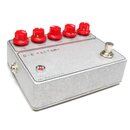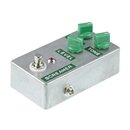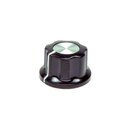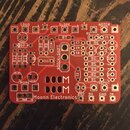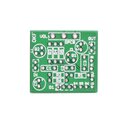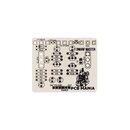Description
The Mastadon Fuzz is a mammoth-like Fuzz Face variant with 4 separate controls. Due to its great loe-wnd it is excellent for Bass, but of course also for guitar!
This kit contains the pcb and all necessary parts. You can choose an enclosure, please select 4 knobs for 6,3mm shaft separately.
Here´s a list with the parts in the kit: Bill of materials
This project is by GuitarPCB.com, in cooperation with Musikding. If you have any problem with the content of the kits like missing or wrong parts, please contact Musikding (Klaus). For any technical problem relating to building this project, please contact Barry at GuitarPCB.com forum.
You get full technical support at the GuitarPCB.com forum, membership is free of course.
GuitarPCB Forum.
Here´s the direct link to the building docs, including layout and schematic:
Mastadon Fuzz documentation





 English
English German
German